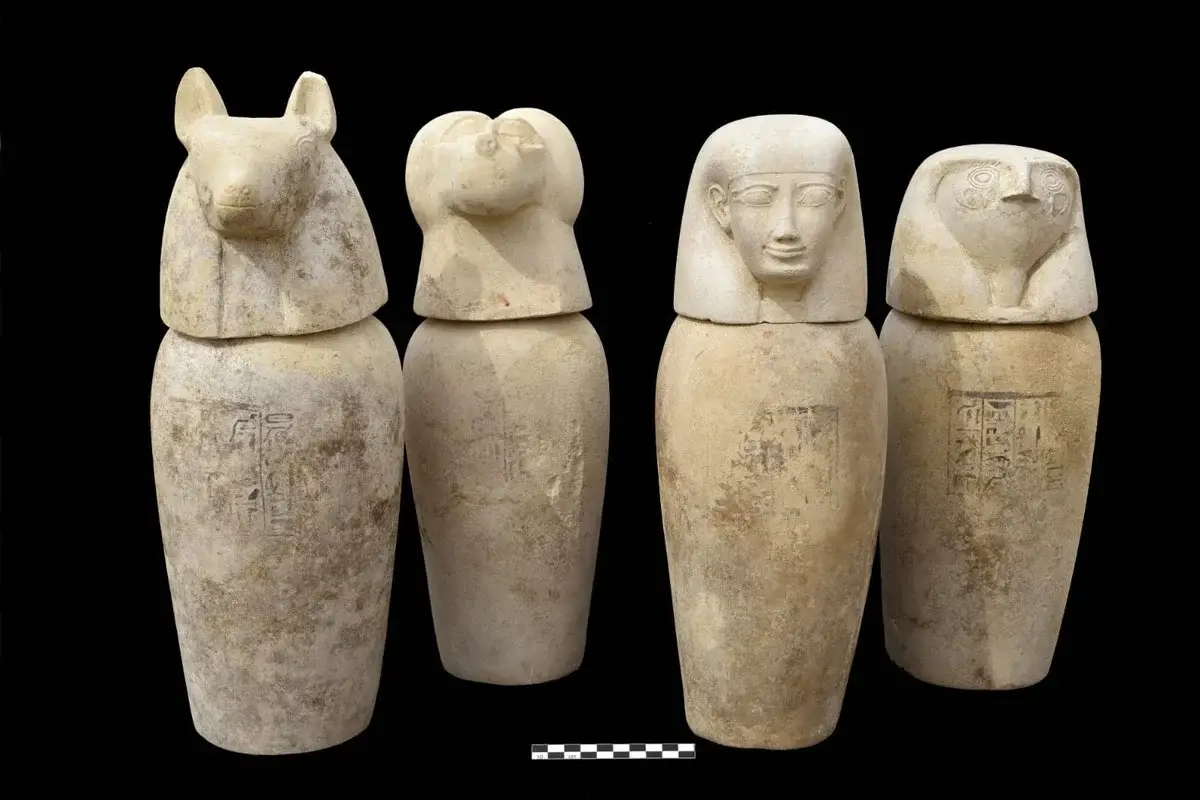A joint French and Egyptian archaeological mission has made several major new discoveries at the Ramesseum, the mortuary temple for Ramesses II (also known as “Ramesses the Great”).
The Ramesseum is located in the Theban Necropolis in Upper Egypt, on the west of the River Nile opposite Luxor. Construction of the temple began shortly after the start of Ramesses II’s reign and, according to surviving records, took 20 years to complete.
The temple served as a cultic place of worship to the pharaoh, where his memory and deeds during his reign was kept alive long after he passed to the afterlife.
Much importance is placed on his victories over the Hittite forces at the Battle of Kadesh (1274 BC), the largest battle ever fought involving chariots, numbering at a total of 5,000 to 6,000.

According to a press statement issued by the Ministry of Tourism and Antiquities, recent excavations have identified a “House of Life” (Per Ânkh) within the temple complex — an institution or school aligned with kingship, preserving and creating knowledge in written and pictorial form. Archaeologists uncovered student drawings and small toys, offering the first physical evidence that education played a role in daily life within the Ramseum.
Excavations also revealed graves containing multiple burials from Egypt’s Third Intermediate Period, filled with funerary items such as canopic jars, tools, ceramics, and figurines. In addition, archaeologists uncovered underground cellars and storerooms that were once stocked with essentials like olive oil, honey, animal fat, and wine.
These findings offer a vivid picture of both the ceremonial and practical aspects of ancient life, explained Dr. Mohamed Ismail, Secretary-General of the Supreme Council of Archaeology. “They help us understand not just how people were buried, but how they lived and managed their resources.”
Header Image Credit : Ministry of Tourism and Antiquities
Sources : Ministry of Tourism and Antiquities

